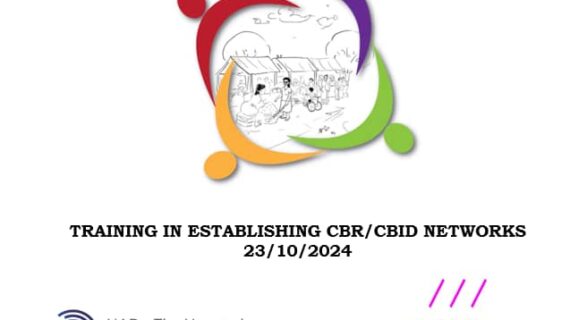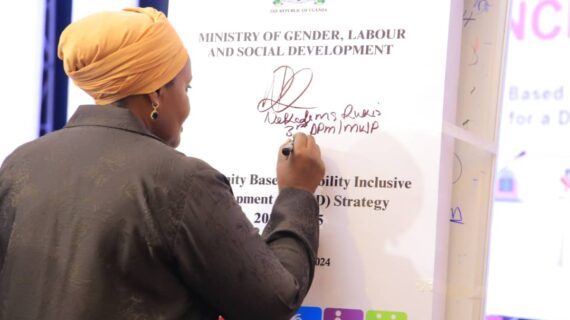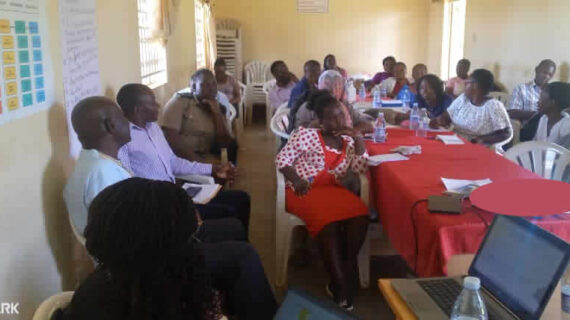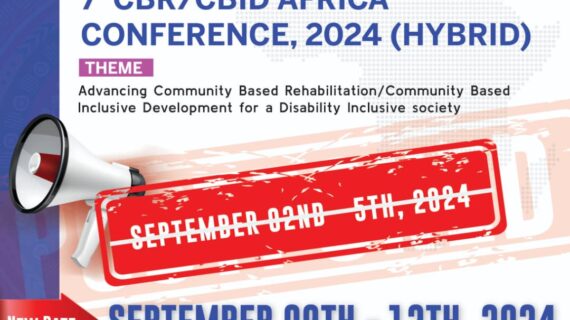Disaster risk, reduction and CBR- 2nd CBR World Congress
Over 1000 representatives from 78 countries are attending the 2nd CBR World Congress, running from 27th-29th of September in Kuala Lumpur, Malaysia. Community-based rehabilitation practitioners, persons with disabilities and other key stakeholders convene to celebrate the work being done to empower and enable people facing barriers around the world.
The Congress, co-hosted by the CBR Malaysia Network, the Malaysian Ministry for Women, Family and Community Development, and WHO, will be a platform to reflect on the achievements and evolution of CBR, and tackle pertinent questions facing it today: Who are CBR practitioners and how should they be qualified? What distinguishes CBR from other inclusive development strategies? And what is the evidence that CBR contributes to inclusive development? Addressing these questions is an import objective of the congress and is fundamental to clarifying the future direction of CBR.
The welcome speech was delivered by Mr Venkatesh Balakrishnan, President of CBR Global Network, followed by a speech by Alarcos Cieza, Coordinator of the Disability and Rehabilitation Unit, World Health Organisation.
YB Dato’ Sri Rohani Abdul Karim then welcomed participants to the Congress. She reiterated the Malaysian government’s commitment to the welfare and well-being of PWDs, stating that the government will continue to give the necessary support to ensure that the CBR programme will continue to provide a meaningful and beneficial service, not only to the PWDs but also the community as a whole. She also took this opportunity to celebrate the Malaysian Paralympians who won medals at the the Paralympic Games Rio 2106. Our Paralympians brought home 3 gold and 1 bronze medals.
Disaster Risk Reduction (DRR) garnered attention after the Asian Tsunami lead to a 20% increase in the number of persons with disabilities (PWDs) in the affected regions. he latest framework for DRR, the Sendai Framework for Action, provides for the engagement of stakeholders who are PWDs. With this, CBR practitioners are now looking at how to incorporate DRR into their work for the benefit of the PWDs under their care.
Participants of the session were already convinced of the importance of DRR and were more interested in learning about the “how” of DRR instead of the “why”. Of greatest interest are the best practices and methods of implementation, as well as to see how DRR and CBR can be integrated, especially vis-a-vis the CBR Matrix. There is also a lot of interest in how CBR organisations can engage PWD organisations (DPOs) about DRR. Nazmul Bari, Director, Centre for Disability in Development (CDD) and Ira Q. Largoza, Program Officer, Philippine Coordinating Centre for Inclusive Development (PCCID) took participants through case studies in Bangladesh and Philippines, which looked at how DRR was implemented in the communities in these countries.
As DRR is new to CBR, the participants were given the opportunity to get together to brainstorm DRR issues in each of their countries, so that they can go home with implementation ideas. They identified disaster risks in their respective countries and three priority areas of action.







